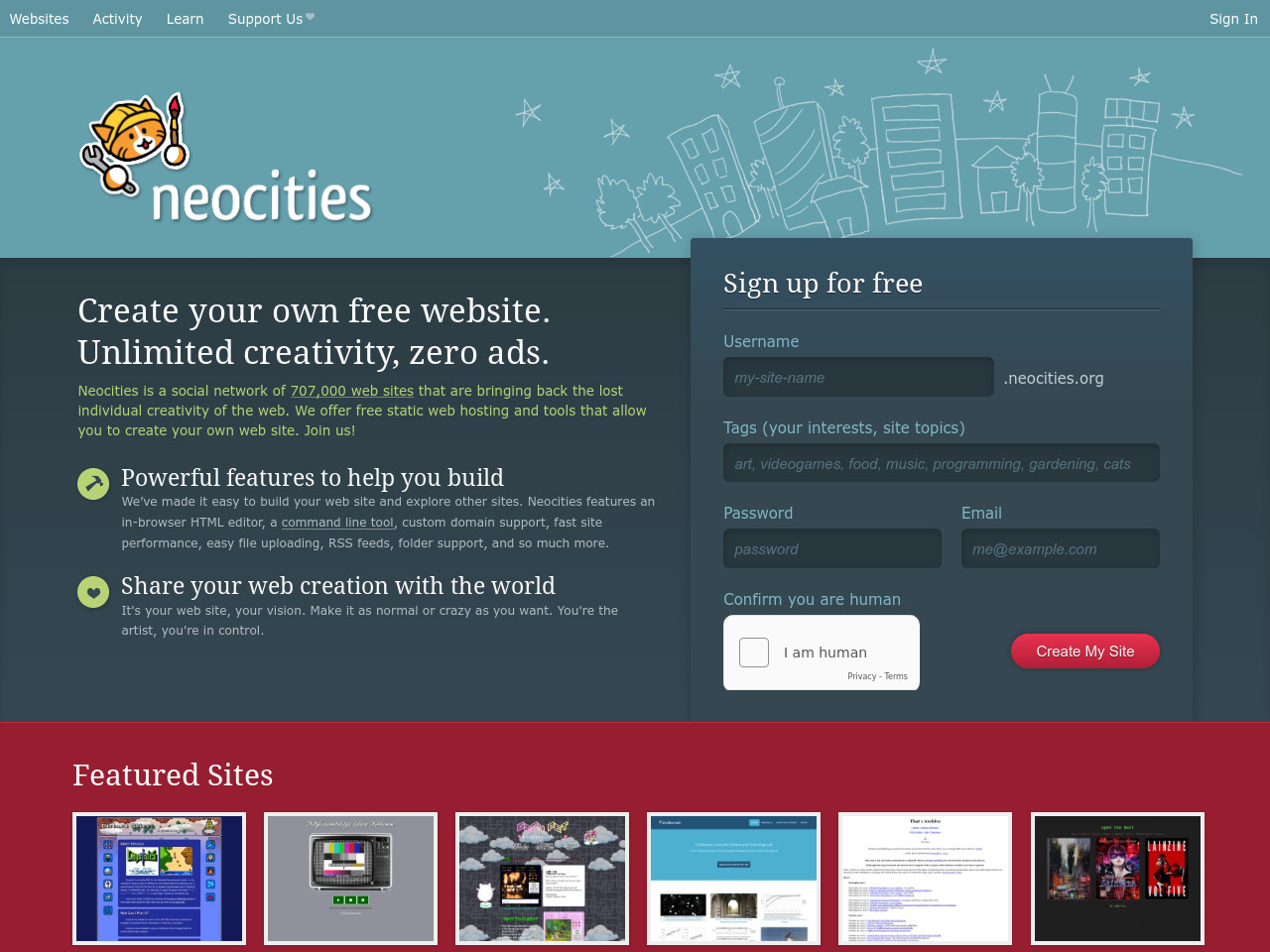The Hidden Internet

The old internet felt special because it was small. The early web was shaped by hobbyists and enthusiasts who built communities that were small enough to feel human. This feeling faded not because of nostalgia or technology but because the internet grew larger than the communities that once defined it. These communities were overshadowed by platforms built for scale but they continue to exist underneath the noise.
Table of Contents
- The Revelation
- What Small Meant
- The Present Day Illusion
- Where The Old Internet Still Lives
- The Loss of Serendipity
- Participation vs Consumption
- Why It Matters
- The Hidden Internet Still Exists
- Closing Thoughts
- References
The Revelation
The old internet felt special because it was small. It was not magical because of its early technology. It felt unique because the communities themselves were small enough for direct interaction and identity. People created and shared for the enjoyment of doing so. Scale alone shaped the atmosphere.
What Small Meant
Small communities were not exclusive. They were simply not connected to the world through automated feeds or recommendation systems. People arrived because they followed curiosity.
Small meant these things:
- You could know most of the people in a forum
- Threads felt like conversations instead of announcements
- Personal websites felt like unique rooms instead of templates
- Discovery was organic and slow
- The signal to noise ratio was high because interest filtered audiences naturally
- Communities formed microcultures without interference
When a community is small enough it feels alive.
The Present Day Illusion
The old internet did not disappear. It was overshadowed by platforms that reward scale. Social media pushes content based on engagement. Corporations dominate search results. Influencers displace small creators.
Small spaces still exist but they are harder to find. They live behind the modern noise.
Where The Old Internet Still Lives
If you step outside the largest platforms you can still find the old internet.
It lives in:
- personal blogs
- Neocities pages
- small Mastodon instances
- IRC and Matrix channels
- hidden forums
- hobbyist mailing lists
- tiny Discord groups
- federated sites like Tildes or Kbin
- niche technical wikis
- local hackspaces and community servers
These places were not destroyed. They were overshadowed by louder platforms.
The Loss of Serendipity
Old discovery was wandering. Modern discovery is feeding.
Old web discovery:
- you followed links on personal pages
- you moved through Webrings
- you encountered strange corners
- you were guided by curiosity
- you were rewarded for exploring
Modern discovery:
- you scroll through feeds
- you consume recommendations
- you are guided toward familiar patterns
- curiosity is shaped externally
- algorithms decide what you see
Serendipity was a byproduct of wandering without direction.
Participation vs Consumption
On the old internet most people were participants. You posted, discussed, built pages, and contributed. There was no clear divide between creators and consumers.
Modern platforms treat nearly everyone as a consumer. Even creators produce for metrics instead of communities.
Small communities encourage participation because everyone matters. Large platforms encourage consumption because scale hides individuals.
Why It Matters
The difference in scale explains why the old internet feeling can be recreated. It is not tied to any era or technology. It is tied to human sized spaces.
Small communities create:
- meaningful interaction
- stable culture
- deeper discussion
- less performance pressure
- more experimentation
- stronger identity
- genuine curiosity
These are properties of scale not nostalgia.
The Hidden Internet Still Exists
The magic did not fade. It was buried. The underlying internet remains the same. It is simply not visible by default.
To find it you must step away from the loudest platforms. Follow curiosity rather than recommendations. Connect with people who build for the love of building.
The hidden internet is still there for anyone who searches.
Closing Thoughts
The old internet felt special because its communities were small and formed by enthusiasts. Those spaces still exist. They are only overshadowed by systems designed for scale.
To reclaim that feeling you only need to return to smaller places.